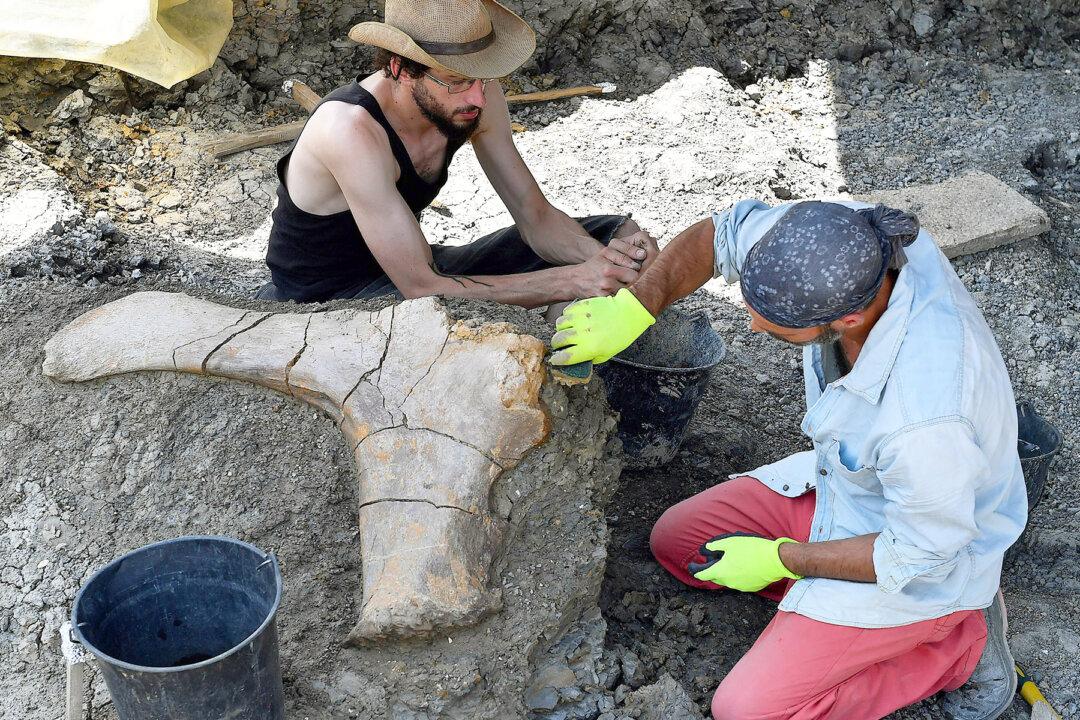When fifth-year University of Merced student Harrison Duran embarked on a summer paleontology dig in the Badlands of North Dakota, the biology major and the dig supervisor only expected to find plant fossils.
Duran, who is majoring in biology with an emphasis on ecology and evolutionary biology, crossed the nation to join “bone digger” and Mayville State University biology professor Michael Kjelland instead of hitting the beach or spending the summer playing video games. And while Kjelland has found some pretty interesting dino remains in the past, he hadn’t expected to unearth much more than some plants in the fascinating paleontology-friendly midwestern landscape this time around.




